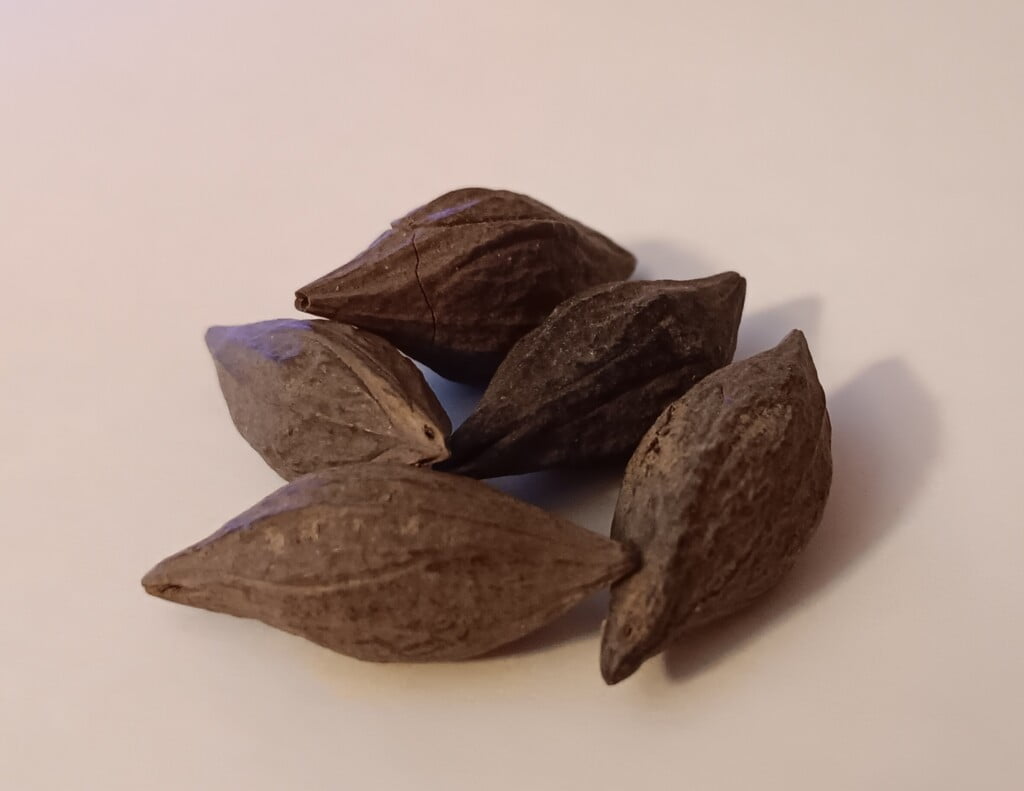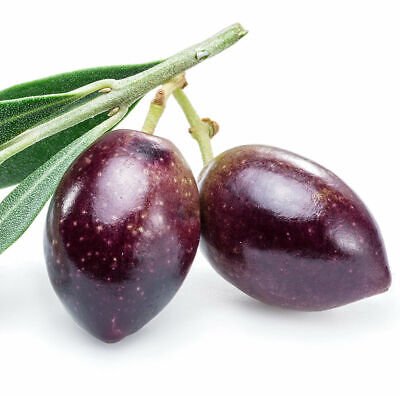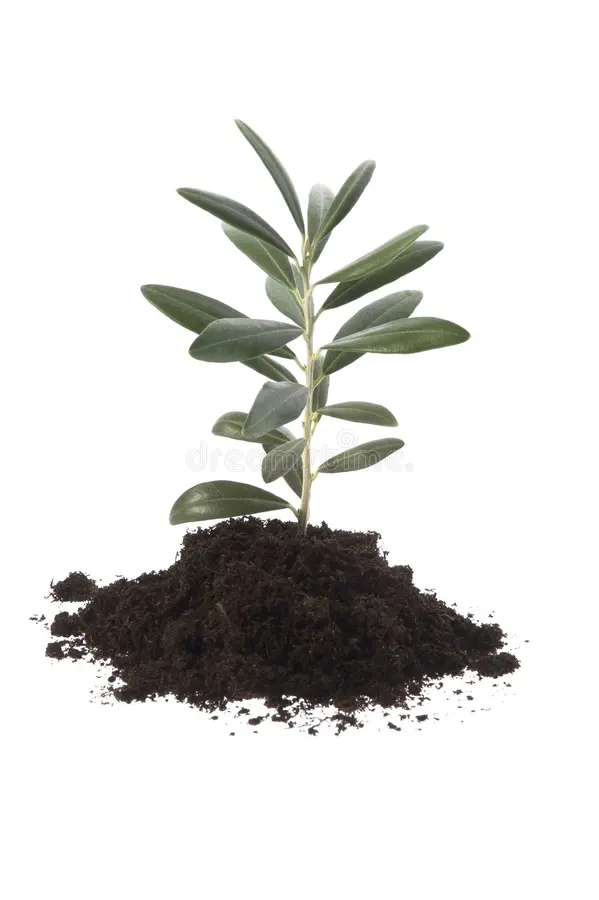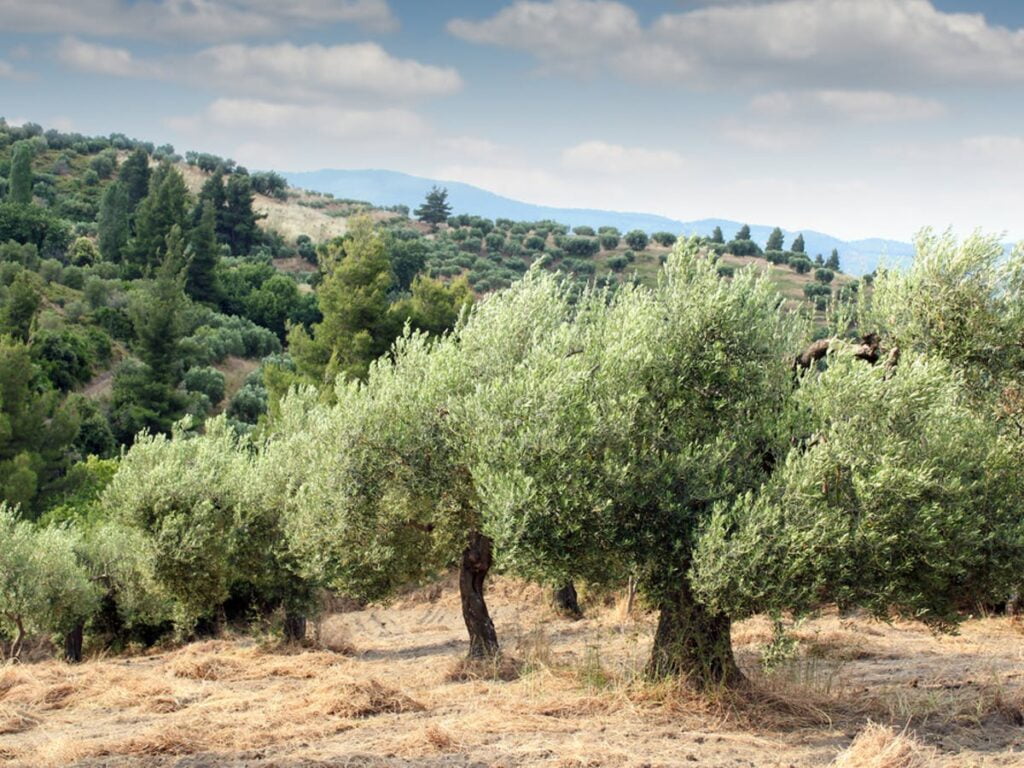Germinating Olea europaea, commonly known as the olive tree, can be a challenging process due to the hard outer shell of the seed, which inhibits water absorption and gas exchange. However, with the right approach, you can increase your success rate. Here’s a very consistent and effective method for germinating Olea europaea seeds:
1. Seed Collection and Preparation
- Collecting Seeds: Obtain fresh seeds directly from ripe olives for best results. You can also purchase seeds here.
- Cleaning: If you’re using seeds from fresh olives, clean them thoroughly to remove the pulp. This can be done by gently rubbing the seeds under running water.
- Drying: Allow the cleaned seeds to air dry for a few days to prevent fungal growth during stratification.

5 Olive Tree Seeds Olea Europaea – USDA Zones 8-11
Discover the ancient charm and enduring utility of the Olive Tree (Olea europaea), now offered as a vital shelter plant for butterflies, from the renowned conservationists at Johnny Butterflyseed. You will receive five Olive Tree Seeds with shipping to anywhere in North America.

2. Stratification
Olive seeds require a period of cold stratification to mimic natural winter conditions, breaking their dormancy and promoting germination.
- Moist Stratification: Mix the seeds with a slightly moist medium like sand or peat moss. The medium should be damp but not wet to avoid mold growth.
- Cold Treatment: Place the mixture in a sealed plastic bag or container and store it in a refrigerator at about 4-7°C (39-45°F) for at least 60-90 days. Check periodically to ensure the medium remains moist and to remove any seeds that show signs of mold.
3. Scarification
After stratification, some gardeners recommend lightly scarifying the seeds to further encourage water absorption.
- Scarification Process: Gently file a small area on the seed coat or carefully crack the coat using pliers, taking care not to damage the inner seed. This step is optional but can improve germination rates by facilitating water absorption.
4. Sowing
- Soaking: Soak the seeds in water for 24-48 hours before planting to hydrate them. Change the water a few times during this period.
- Soil and Planting: Use a well-draining soil mix in pots or trays. Plant the seeds about 1-2 cm (0.4-0.8 inches) deep, and cover lightly with soil.
- Moisture and Temperature: Keep the soil consistently moist but not waterlogged. Place the pots in a warm, sunny location. A temperature range of 18-25°C (64-77°F) is ideal for germination.
- Patience: Germination can be slow and may take several weeks to several months, so patience is key.

5. Care After Germination
Once the seeds germinate, continue to keep the soil moist and provide plenty of light. When the seedlings have grown enough to handle, transplant them into individual pots. Gradually acclimate them to outdoor conditions before planting them in their permanent location.
This method, incorporating stratification, optional scarification, soaking, and careful sowing and care, provides a comprehensive approach to germinating Olea europaea seeds. Remember, patience and attention to detail are crucial due to the naturally slow and somewhat unpredictable germination process of olive seeds.

